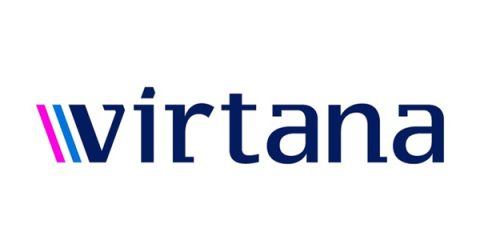Vendor-Neutral Asset Auto-Discovery: The Cornerstone of DCIM Software
Data centers today are dynamic ecosystems with heterogeneous infrastructures. They encompass a wide array of equipment including servers, storage systems, networking devices, power distribution units, and environmental controls. These assets often originate from multiple vendors and support various communication protocols. Traditional manual asset management methods are ill-equipped to handle this complexity, leading to inefficiencies, inaccuracies, and increased operational costs.






